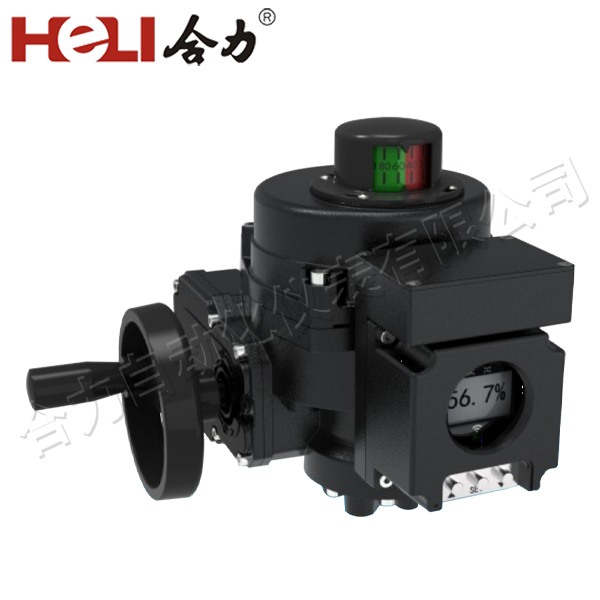

An electric actuator is a device that converts electrical energy into mechanical motion. It is commonly used in various applications, such as robotics, automotive systems, and industrial machinery, to control the movement of components. The lithium battery electric actuator, as the name suggests, integrates a lithium-ion battery as its power source, replacing traditional external power supplies or fuel-based systems.
Lithium-ion batteries are known for their high energy density, long cyle life, and relatively low weight compared to other types of batteries. These characteristics make lithium batteries an ideal power source for electric actuators, particularly in mobile applications and remote areas where access to a stable power grid may be limited. By combining the high-performance electric actuator with the reliable energy storage capabilities of lithium batteries, industries can achieve greater efficiency, flexibility, and reduced operational costs.

c In recent years, the demand for energy-efficient and sustainable solutions in various industries has led to the development of innovative technologies, one of which is the Lithium battery electric actuator. This advanced actuator system combines the power of lithium batteries with electric actuation technology, providing a highly efficient, reliable, and environmentally friendly alternative to traditional hydraulic and pneumatic actuators. As industries continue to seek ways to reduce their carbon footprints and enhance operational efficiency, the Lithium battery electric actuator has emerged as a game-changer in automation and control systems.
The Basics of Lithium Battery Electric Actuators